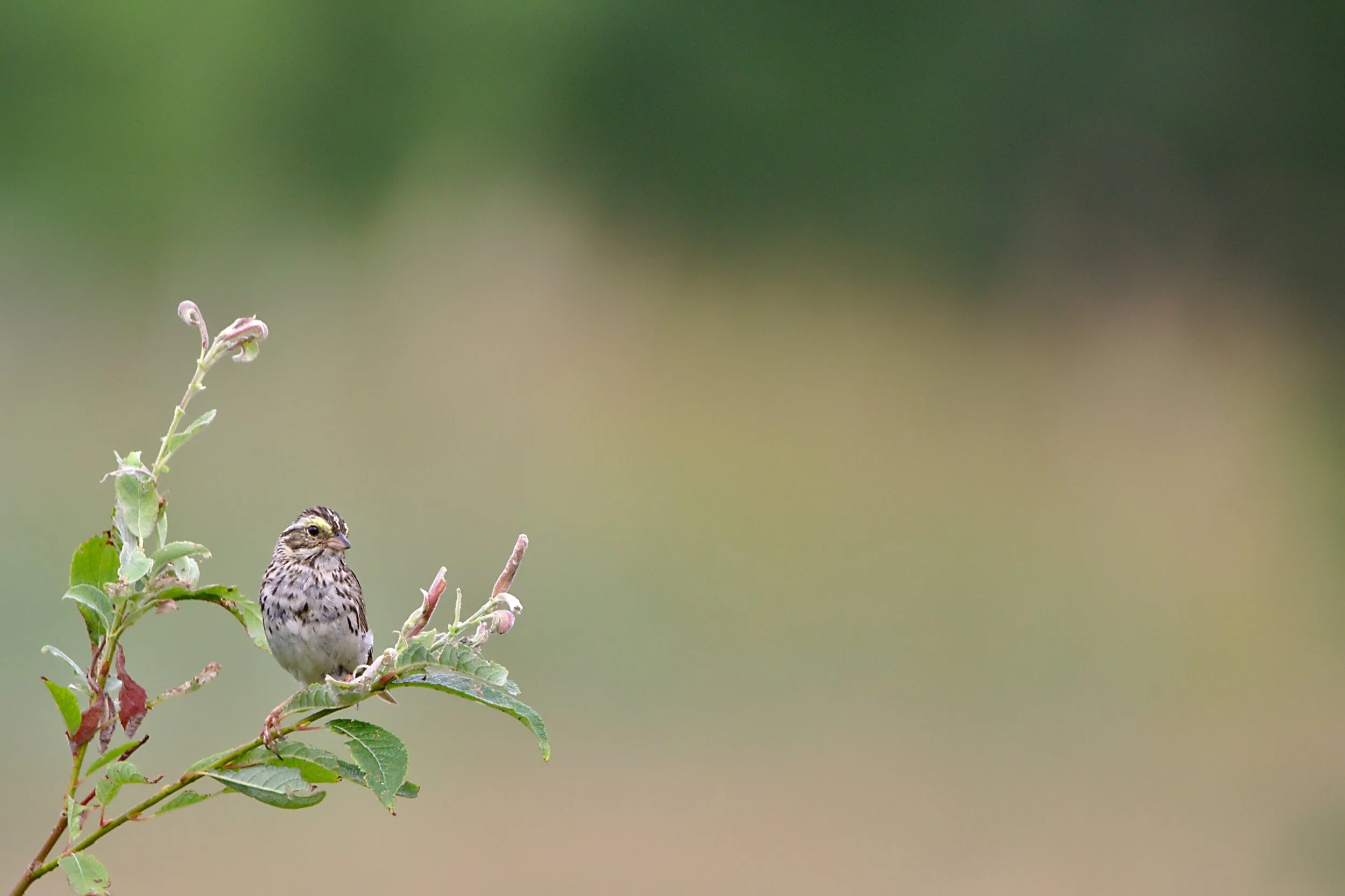photo by Suzanne D Williams on Unsplash
BEE BREATH (bhramari)
by Richard Rosen
Bhramari is one of the eight traditional pranayamas (see Hatha Yoga Pradipika 3.68).\
Bhramari requires us to block our ear canals. The traditional way is to press one of your fingertips into each ear canal. PLEASE DON’T DO THIS. Try one of these two ways.
1) on each ear there’s a little fleshy projection just in front of the ear canal. It’s called the tragus (plural, tragi), which literally means “goat, the hairy part of the ear.” Tragus is the root of the word “tragedy,” so called because in Greece the genre developed from a ritual procession involving a goat as a prize for the composition of a song. With your thumbs, press the tragi over and close the openings to the ear canals.
2) the best and easiest way I’ve found to do the blocking is to use foam ear plugs.
Please perform this breath exercise sitting up, not lying down.
1. If you’re using foam ear plugs, roll each one up and gently insert them into your ear canals. Then sit in any comfortable position. You might try Easy Pose (sukhasana), with the shins crossed in front of the pelvis. Be sure to sit on a thickly folded blanket or two. Hero Pose (virasana) is also acceptable. For this pose sit with knees fully flexed, shins on the floor and buttocks resting on the floor between the feet. If it isn’t possible to sit on the floor, either sit on a block between your feet (be sure the long axis of the block is across your sit bones not along them), or sit on your heels. This latter pose is called the Diamond or Thunderbolt (vajrasana).
If you’re using your thumbs to block the ear canals, the Bihar School of Yoga recommends you sit on a support with knees bent, feet on the floor in front of the pelvis. Then you can rest your elbows on your knees as you bring your hands to your ears.
2. Close your eyes and bring your breath into the foreground of your awareness. This beginning stage of the practice is ONLY for witnessing the breath and establishing your breathing identity for the day’s practice. DON’T try to “change” or “fix” any perceived problems, just observe and note.
3. After 2 or 3 minutes if you’re not using ear plugs, press the tragi over the ear canals. Then spend 30 seconds or so listening to your normal breath with blocked ears.
4. When you’re ready, inhale through your nose, and on your next exhale, slowly and steadily hum the breath out like a bee buzzing around a flower. Traditionally, we’re instructed to make the humming sound on both the inhale and exhale, but I find the inhale hard on the throat, so I limit the sound to the exhale only.
By the way, the inhale hum is supposed to sound like a male bee, the exhale like a female bee.
5. Repeat 5 times or so, less or more as you like. Let the sound reverberate against the back of your skull, then watch it slowly travel down the spine to the tail bone. Ideally, the entire spine will vibrate with the sound. At the end of your rounds, sit and feel your entire body for a minute or two.
BENEFITS
According to the Bihar School of Yoga, bhramari relieves stress, quiets anger and anxiety, helps with insomnia, and reduces blood pressure. It’s also supposed improve your voice.





